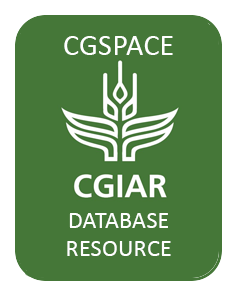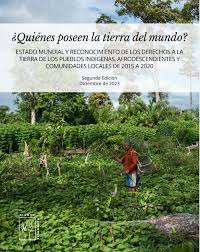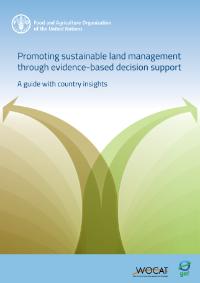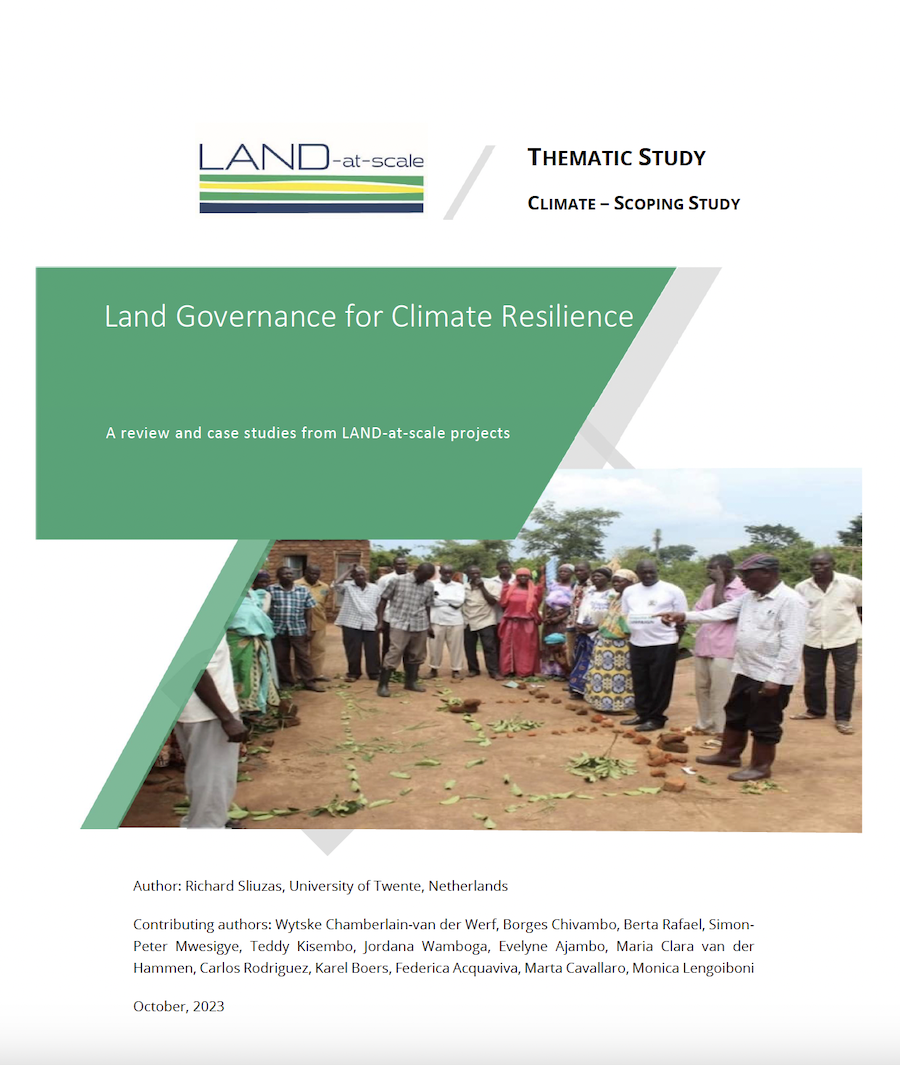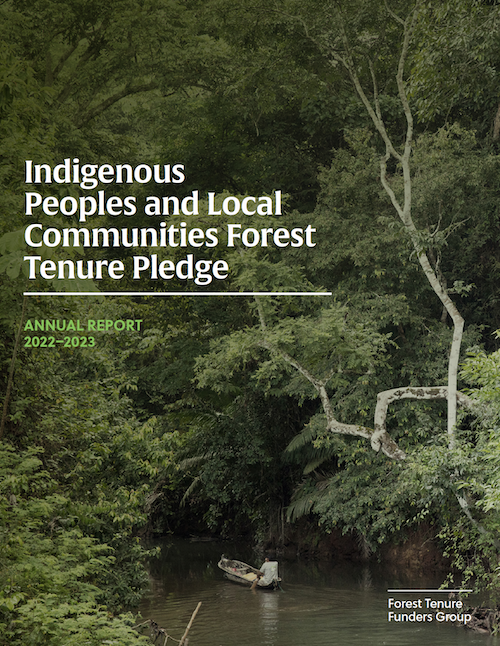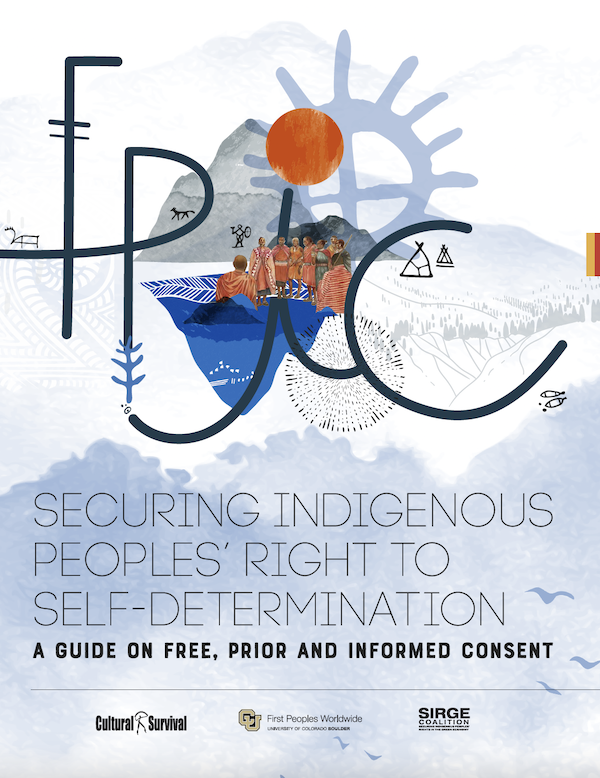Wheat blast is a devastating disease caused by the fungal pathogen Magnaporthe oryzae pathotype Triticum that has spread to both neighbouring and distant countries following its emergence in Brazil in the 1980s. Under climate change conditions, wheat blast is predicted to spread primarily in…
Key messages
• Population growth, changing diets, and a rapidly growing feed sector are contributing to a sharp increase in global maize demand which is expected to double by 2050 relative to 2010.
• Average global maize yield is projected to decrease by 11% under a global…
Lack of systematic tools and approaches for measuring climate change adaptation limits the measurement of progress toward the adaptation goals of the Paris Agreement. To this end, we piloted a new approach, the Biomass Climate Adaptation Index (Biomass CAI), for measuring agricultural adaptation…
¿Quiénes poseen la tierra del mundo?
<h3>Estado mundial y reconocimiento de los derechos a la tierra de los Pueblos Indígenas, Afrodescendientes y comunidades locales de 2015 a 2020</h3>
Desde que publicamos la primera edición de <em>¿Quién posee la tierra…
This publication is a product of the GEF-funded FAO project ‘Decision Support for Mainstreaming and Scaling Out Sustainable Land Management (DS-SLM)’ which has developed a decision support framework (DSF). The DSF integrates experience from work with land degradation (LD) and SLM into an overall…
Land corruption – corrupt practices in the land sector – threatens the lives and livelihoods of people and communities, the environment and climate, food security and political stability. Its impacts are particularly acute for 2.5 billion people who live on and from the land. Addressing it…
This report is a contribution of the knowledge management component of the LAND-at-scale programme (LAS) which is funded by the Netherlands Ministry of Foreign Affairs, and implemented by the Netherlands Enterprise Agency (Rijksdienst voor Ondernemend Nederland - RVO). LAND-at-scale is a seven-…
This second <a href="https://landportal.org/iplc/forest-tenure-donor-pledge">Forest Tenure Funders Group </a>(FTFG) annual report analyzes progress against the five-year, $1.7 billion…
Este segundo informe anual del Grupo de Financiadores de laTenencia Forestal (FTFG) analiza el progreso en relación con el compromiso de cinco años y 1.700 millones de dólares para los derechos de tenencia y la tutela forestal de los Pueblos Indígenas y las comunidades locales (PI y CL) en…
Le deuxième rapport annuel du Groupe de bailleurs de fonds pour la tenure forestière (FTFG) analyse les progrès réalisés par rapport à l'engagement quinquennal de 1,7 milliard de dollars en faveur des droits fonciers et de la garde forestière des peuples autochtones et des communautés…
Este segundo relatório anual do Grupo de Fomento ao Manejo Florestal (FTFG) analisa o progresso em relação ao compromisso de cinco anos e US$ 1,7 bilhão com os direitos de posse e tutela florestal de povos indígenas e comunidades locais (PIs e LCs) em países de floresta tropical, anunciado na…
“Free, Prior and Informed Consent (FPIC) is the first line of defense when investors and government officials seek to develop projects that may affect Indigenous communities, lands, territories, and resources. For this reason, Indigenous Peoples must be prepared to engage with FPIC from a fully…

